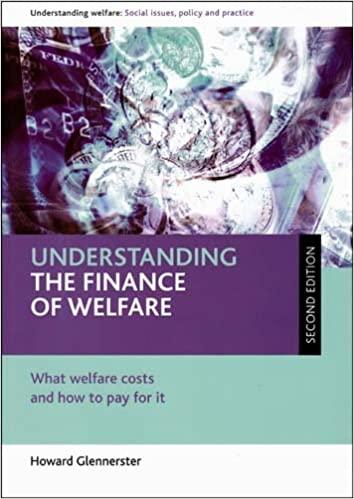Question
Suppose there are two assets, a risk-free asset, and a market portfolio. The market portfolio has an expected return of m = E[Rm] = 15%
Suppose there are two assets, a risk-free asset, and a market portfolio. The market portfolio has an expected return of m = E[Rm] = 15% and a standard deviation of m = 15%. The return on the risk-free asset is Rf = 5%.
You are an investment manager. After thinking about the risk-return tradeoff, your client, Jim, decides to invest in a portfolio that would deliver an expected return of 10%.
(a) With the two assets above (risk-free assets and market portfolio), how are you going to construct the portfolio for Jim? What is the standard deviation of this portfolio?
(b) What is the Sharpe ratio for the market portfolio? What is the Sharpe ratio of Jims portfolio?
(c) Plot the capital allocation line with the risk-free asset and the market portfolio. Mark the risk-free asset, market portfolio, and Jims portfolio on the CAL.
(d) Now suppose that the market portfolio includes only two risky assets, A and B. The weight of asset A in the market portfolio is 40%. Suppose Jim decides to invest $1 million in his portfolio. What are the dollar amount investments in asset A, asset B, and the risk-free asset, respectively?
Step by Step Solution
There are 3 Steps involved in it
Step: 1

Get Instant Access to Expert-Tailored Solutions
See step-by-step solutions with expert insights and AI powered tools for academic success
Step: 2

Step: 3

Ace Your Homework with AI
Get the answers you need in no time with our AI-driven, step-by-step assistance
Get Started


